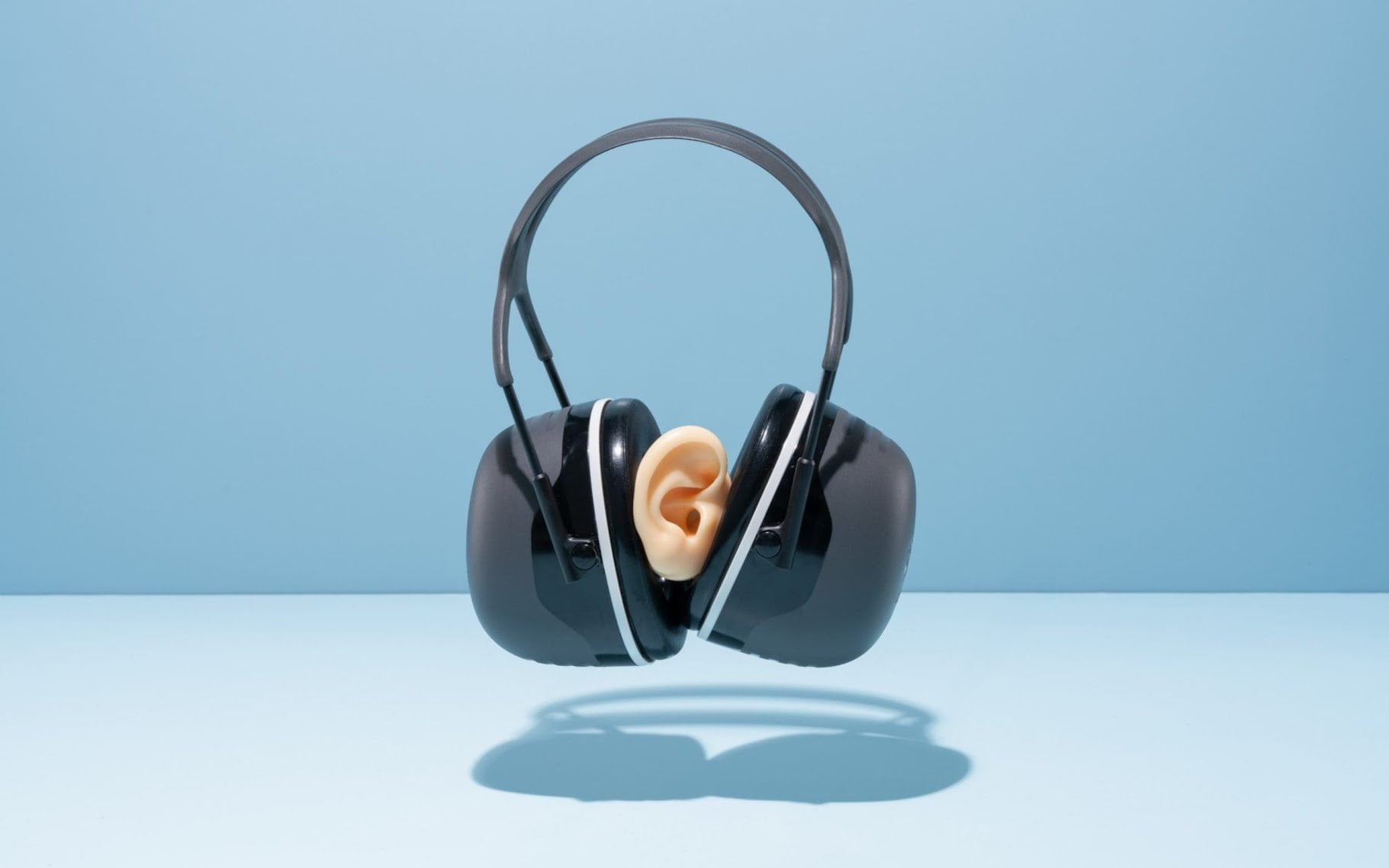When someone is really drunk, it may not be very easy to blow into a balloon, or into a breathalyser.
Luckily, there may soon be a more passive but equally accurate alternative, in the form of an earmuff that measures blood levels. alcohol in the blood.
How a breathalyzer works
A breathalyzer works by measuring the levels of ethanol in a person's breath, which correspond to the levels in the bloodstream. Ethanol is also released through the skin, although concentrations are too low for an accurate reading on most parts of the body. Not only that: the presence of sweat glands in the skin can alter the readings.
In search of a more reliable alternative, scientists at Tokyo Medical and Dental University instead they looked at the ears.
Not only is the skin of the ear known to release more ethanol than skin on areas such as the hands or arms, but it also contains relatively few sweat glands. With this premise, researchers began modifying a normal pair of ear muffs to make a breathalyzer.
How the breathalyzer cap works

In the resulting experimental system, filtered air passes into one of the sleeves via a tube that runs through a hole in the top. The air passes through the sealed chamber surrounding the ear. It collects the ethanol gas emitted as it does so, and is eventually drawn out of the sleeve via a tube at the bottom.
That bottom tube goes to a separate device known as a bio-sniffer. When “excited” by ultraviolet light, a sensor inside that bio-sniffer fluoresces in the presence of ethanol gas: the higher the concentration of ethanol, the more intense the fluorescence.
The test results
In laboratory tests, the team placed the breathalyser earmuff on three male volunteers who had each consumed a certain amount of alcohol. At regular intervals over the next 140 minutes, their blood alcohol levels were checked with both earmuffs and a conventional breathalyser. The readings from the two devices were consistently similar.
It is now hoped that, once developed further, the technology could be used as an alternative to the breathalyzer. And perhaps also as a means of detecting various gases released by the skin in the presence of disease.


